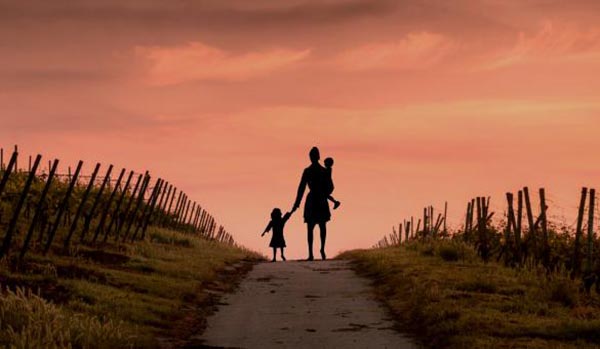
An estimated 1.5 million school-aged children are homeless, and they contribute to the 1 to 3 million students missing from remote learning.
From K-12 Dive
By Shawna De La Rosa
May 3, 2021
Dive Brief:
Federal data shows about 1.5 million school-age children are homeless, and researchers estimated in fall that they also contribute to the 1 to 3 million students missing from remote learning, The Guardian reports. Advocates suggests the $800 million dedicated to helping homeless students in the American Rescue Plan will boost efforts to locate and assist them.
The Education for Homeless Children and Youths program allows students living in shelters, hotels or with other families to remain at their home school with transportation and access to services. The new stimulus money is eight times what states typically receive through the program, which is also known as the McKinney-Vento Homeless Population Act.
A portion of the new relief funds are specifically earmarked to help homeless students receive extra academic support. Though states could have used funds from the previous relief bills to help homeless students, only 18% of districts did so, according to a SchoolHouse Connection survey of 1,400 homeless liaisons.
Dive Insight:
A project funded by Poverty Solutions at the University of Michigan found housing instability to be the largest predictor of chronic absenteeism, with 15% of that population missing at least 10% of their school days. The Detroit Public Schools Community District, which has a high homeless population, has a 56% chronic absenteeism rate for all students.
Minneapolis Public Schools’ Stable Homes Stable Schools initiative helps families pay rent and maintain consistent housing while also providing wraparound services. The three-year pilot program launched in May 2019 as a partnership between the City of Minneapolis, the Minneapolis Public Housing Authority, Hennepin County and the school district.
In New York City, one in 10 students lack stable housing, adversely affecting academic outcomes. Shuttered school buildings mean homeless students are also often cut off from reliable internet access and devices, complicating their participation in remote learning. It also means students are unable to escape living environments which may be unsafe.
Though homeless students were always tough to track, distance learning has made that task all the more difficult. There were 420,000 fewer homeless students identified at the start of the 2020-21 school year compared to the previous year. But nonprofit SchoolHouse Connection estimated up to 1.4 million homeless students were not counted.
Homeless students are typically identified when they request transportation to school, but since there are still so many districts with remote options, parents may be opting to keep their students in distance learning. Identifying homeless students, however, is critical to ensure they can receive appropriate support.
Photo: Stockvault.net
Read this and other stories at K-12 Dive

